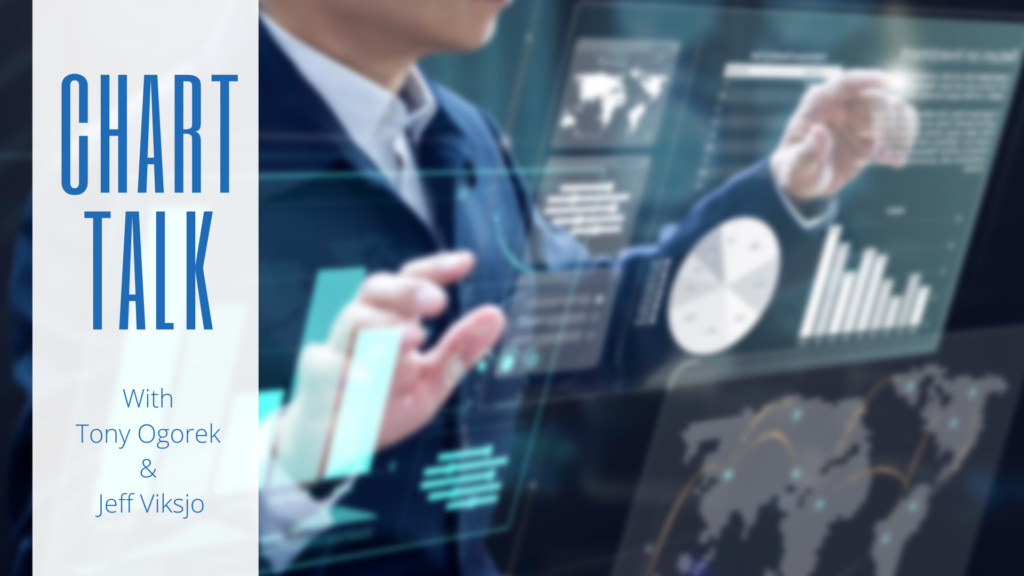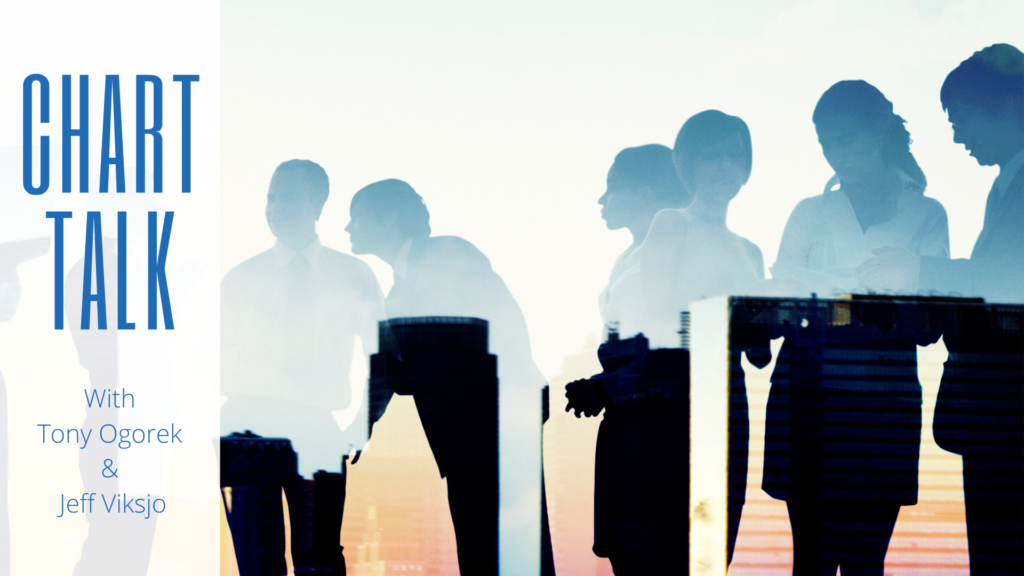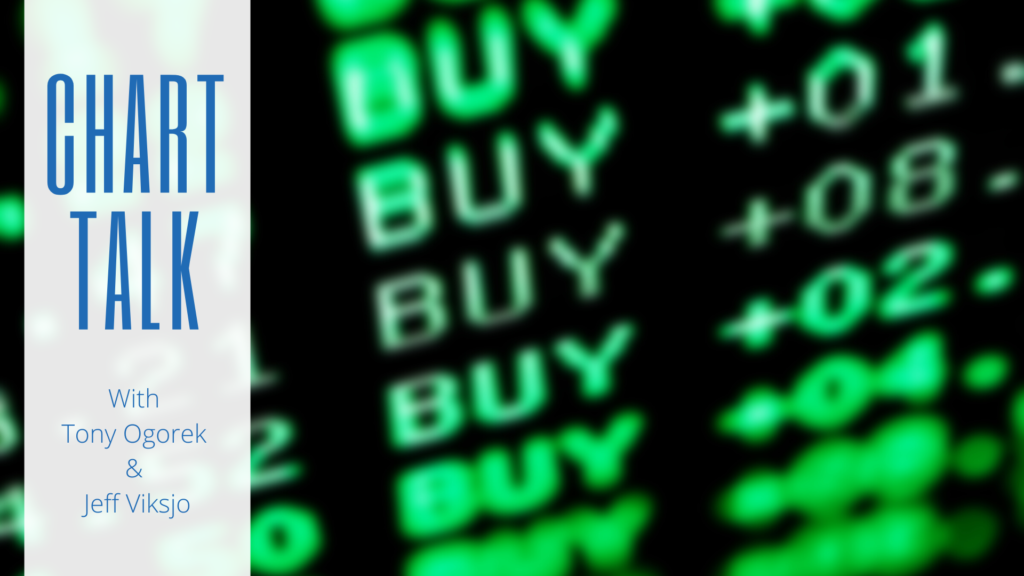What The Fed Really Wants
Published on: 01/31/2023
In this edition of Chart Talk, Tony Ogorek and Jeff Viksjo discuss the Fed and what they are looking to accomplish concerning inflation and the economy.
TRANSCRIPT
TONY:
Welcome to another edition of Chart Talk. I’m Tony Ogorek. I’m here with Portfolio Manager, Jeff Viksjo. And Jeff, we’re going to be talking about the Fed today and really, what they’re looking to accomplish. There’s been a lot of, you know, controversy about inflation, the economy, whatever the case may be. And we’ve got a few charts that I think are going to shed a little bit of light on things.
So, let’s take a look at the first chart. This goes back to the Global Financial Crisis of 2008, just before that, what do we see here?
JEFF:
Yea Tony, there’s a saying ‘don’t fight the Fed’, and what that means is if they’re raising rates, don’t buy stocks. It’s that simple. So, we’re trying to figure out when are they going to be done, what are they looking at, when are they going to stop raising rates. You can see here, they brought rates up, way past the level that they did in 2018. They brought it up very rapidly to 4.5%, off of a base of about zero. For a long time, it stayed at zero. And Tony, those little dotted lines on the right, they tell you what the Fed expects rates to be at the end of next year, which is north of 5%. So, that would still suggest another percent to go. But then in 2024, they expect a cut back down to 4%.
TONY:
Yeah, and Jeff, if you look at those zero rates from 2009 through 2014, 2015, we have never had rates that low. And we certainly never had them that low for that long. Which causes some issues.
Now, let’s take a look at our next chart. And this looks at the velocity of the rate changes. And what you’ll see here is a number of tightening cycles that the Fed’s had and then, we’ve got the tightening cycle that we’re in right now.
JEFF:
Yea and this just shows the months after first hike at the bottom. So, you can see, 2022 stands out for how quickly they’ve raised rates. And Tony, what that tells me is that they’ve have rates at zero for too long and now they’ve had to catch up.
TONY:
Right. And so, when we talk about what the Fed really wants, they’re raising rates. They’ve raised them more rapidly than they have in recent memory.
Let’s take a look at our final chart. And this, I think, is where we need to focus. It’s really jobs, it’s employment. And Jeff, what do you see here? When we had COVID, the economy just shut down. Many people feel that the economy hasn’t recovered the jobs, but this chart tells a different story.
JEFF:
Yea this chart shows that we’ve recouped all the lost jobs during COVID and then some. We’ve actually gained over the pre-COVID levels. And in the interim, Tony, they’ve pushed a lot of money into the economy. A lot of liquidity that went into stocks and caused the inflation that we’ve seen. So, what the Fed is looking at, I think, is unemployment is at 3.5%, it’s just far too low. There’s too much money sloshing around the economy. They need to get that unemployment rate up.
TONY:
Right. So, what the Fed’s really doing, is looking to cool the economy by raising unemployment. That’s why rates are going up. Unemployment is staying at historically low levels, so it looks like we’re going to continue to have rate rises for the foreseeable future.
Thank you Jeff. And thank you for watching this edition of Chart Talk.
PLEASE SEE IMPORTANT DISCLOSURE INFORMATION HERE.


